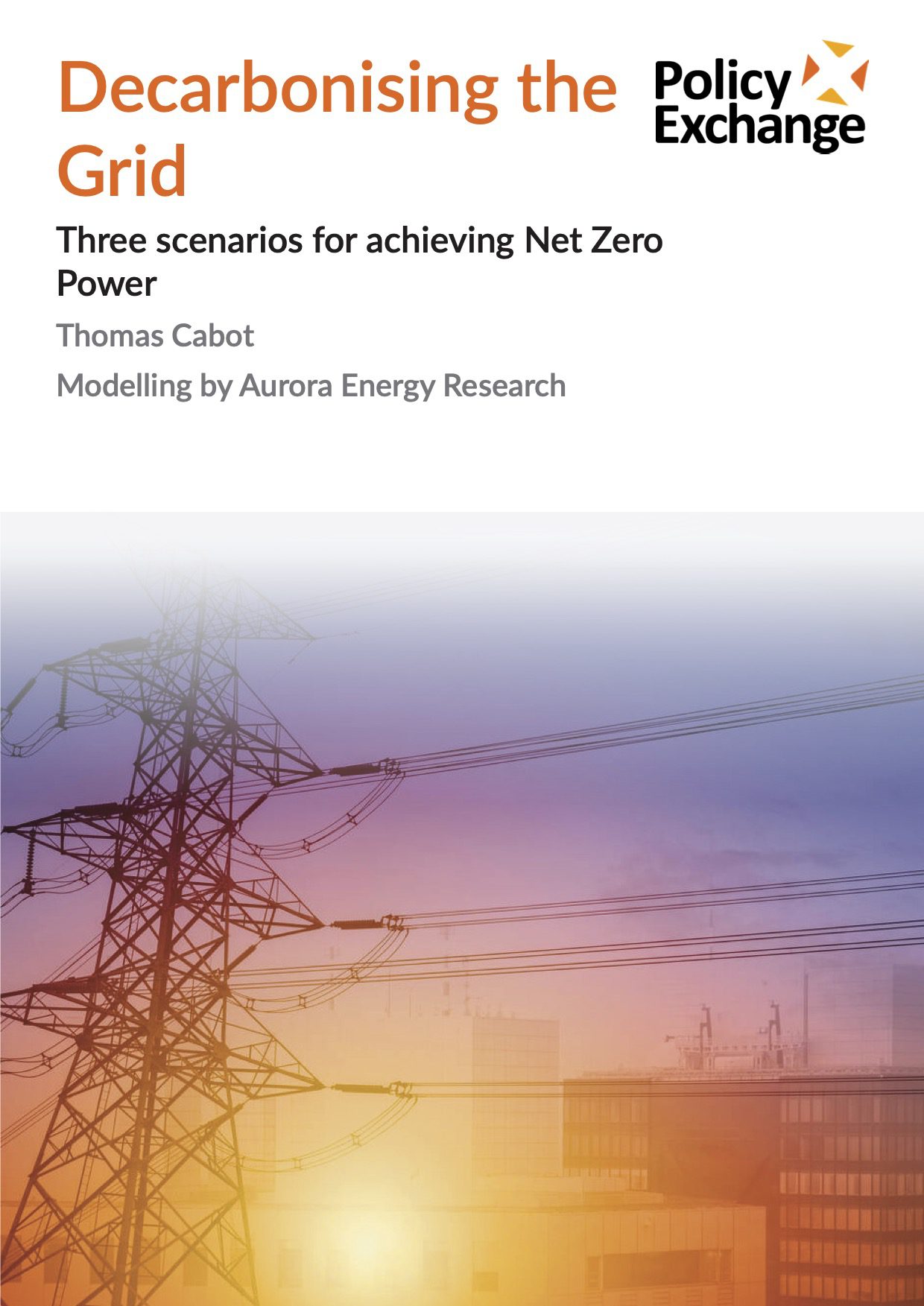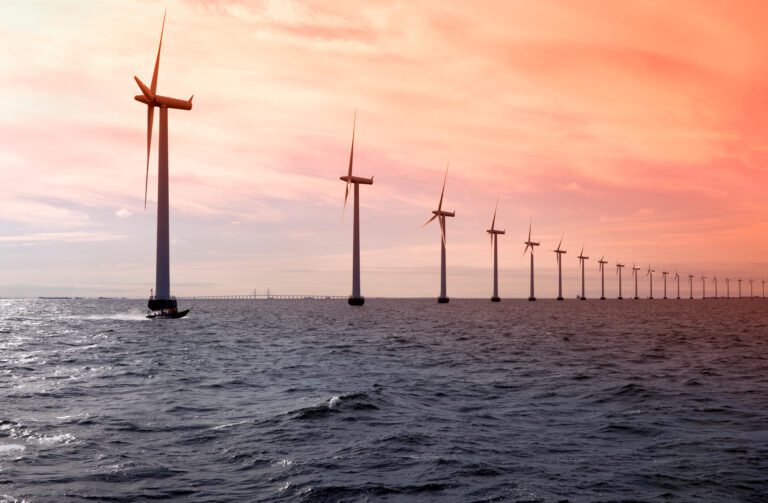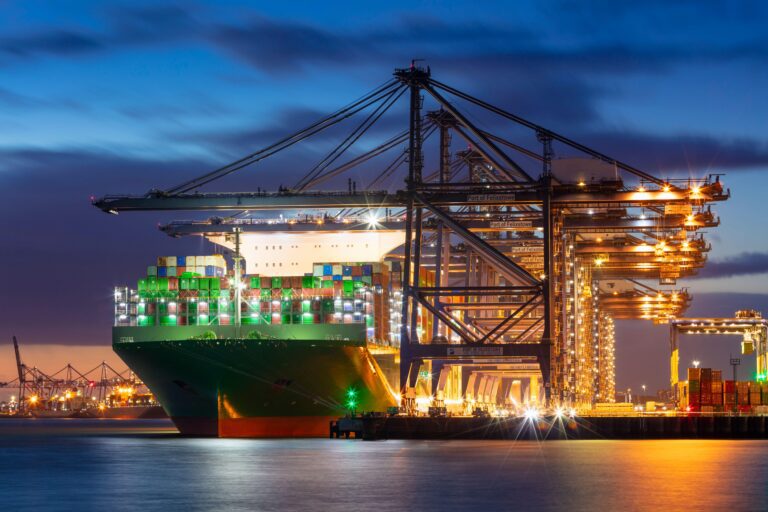Decarbonising the Grid
Three scenarios for achieving Net Zero Power
Decarbonising the Power Grid uses state-of-the-art economic modelling – conducted by Aurora Energy Research – to calculate the capital investment, costs to consumers, long-term savings and carbon emissions saved under the power sector targets set by both Labour and the Conservatives. Aurora is the largest dedicated power analytics provider in Europe, founded by Oxford professors and economists.
The report argues that decarbonising the grid by 2030 is a fundamentally different proposition to decarbonising the grid by 2035. The shorter time frame risks precludes much additional generation from nuclear or bioenergy with carbon capture and storage (BECCS) from being brought on line, putting more of an onus on accelerating renewable capacity and battery storage to unrealistic levels by 2030. A higher carbon price would also be required, in order to drive out unabated gas.
For Labour’s Net Zero 2030 plan, Aurora concludes that: “… the extremely rapid and concurrent overhaul of the power system components would require a policy, planning and investment shift that is infeasible in the timeframe, and is unlikely to be supportable by existing supply chains and workforce skills.”
The modelling, published alongside the report, sets out a detailed analysis of pathways to decarbonise the power sector on different timelines. Three different pathways are modelled:
- Net Zero 2030 (NZ 30): a scenario aiming to deliver Net Zero in the power sector by 2030, in line with the target announced by Labour.
- Net Zero 2035 (NZ 35): a scenario aiming to deliver Net Zero in the power sector by 2035, in line with the target announced by the Conservative Government, and recommended by the independent Climate Change Committee.
- ‘ Business As Usual’: a scenario following the current trajectory of policy development and market environment for the GB power sector.
In 2022, the amount of new low-carbon investment in 2022 in the UK from the public and private sectors already, totalled £23bn. Both the Net Zero scenarios would require a major increase in the annual level of investment, additional to current low-carbon investment in the Business as Usual scenario, to build new renewable capacity:
- Net Zero 2030 scenario, compared to Business as Usual:
- £15.6bn/year of additional investment until 2030 (a total of £93.5b)
- £4.4bn/year of additional investment from 2031 – 2035 (a total of £22.5bn).
- Total additional investment of £116bn over next 11 years.
- Net Zero 2035 scenario compared to Business as Usual:
- £8.2bn/year of additional investment until 2030 (a total of £49.3b)
- £11.1bn/year of additional investment from 2031 – 2035 (a total of £55.3bn)
- Total additional investment of £104.6bn over next 11 years.
Net Zero 2030 requires infeasibly high levels of additional investment (£15.6bn a year) over the six years to 2030. This is more than double the additional investment required for this period under the Net Zero 2035 scenario – and would be extremely challenging to deliver in this timescale.
Even if the funding were available, the rate of deployment reaches extreme levels, which are highly unlikely to materialise. Aurora has stated that: “Given lead times, skills shortages, and supply chain constraints, the interventions needed for NZ 30 are likely impossible by 2030.”
There would be significant difficulty in raising debt or equity to finance such projects in this timescale. In addition, supply chains for steel, glass, lead, copper and aluminium would need to scale up by 250% – 400%, at a time when supply chains are increasingly constrained due to the geostrategic instability and rising global demand.
Constraints relating to planning and consenting are also a major barrier to delivering NZ 30. Lengthy planning processes mean a typical offshore wind project takes over ten years from conception to becoming operational. With only 6 years remaining until 2030, this severely limits the amount of new capacity that could be added within that scenario.
In contrast, for Net Zero 2035 (which is what the independent Climate Change Committee has recommended, and that the Government has committed to), the rapid deployment requires a marked increase in the rate at which these technologies have been brought online to date. This scenario could be achieved if coherent policy action, market design and financial support is enacted at a large scale and high speed.
Related Publications
Authors


Thomas Cabot
Research Fellow, Energy and Security (2023-2024)




